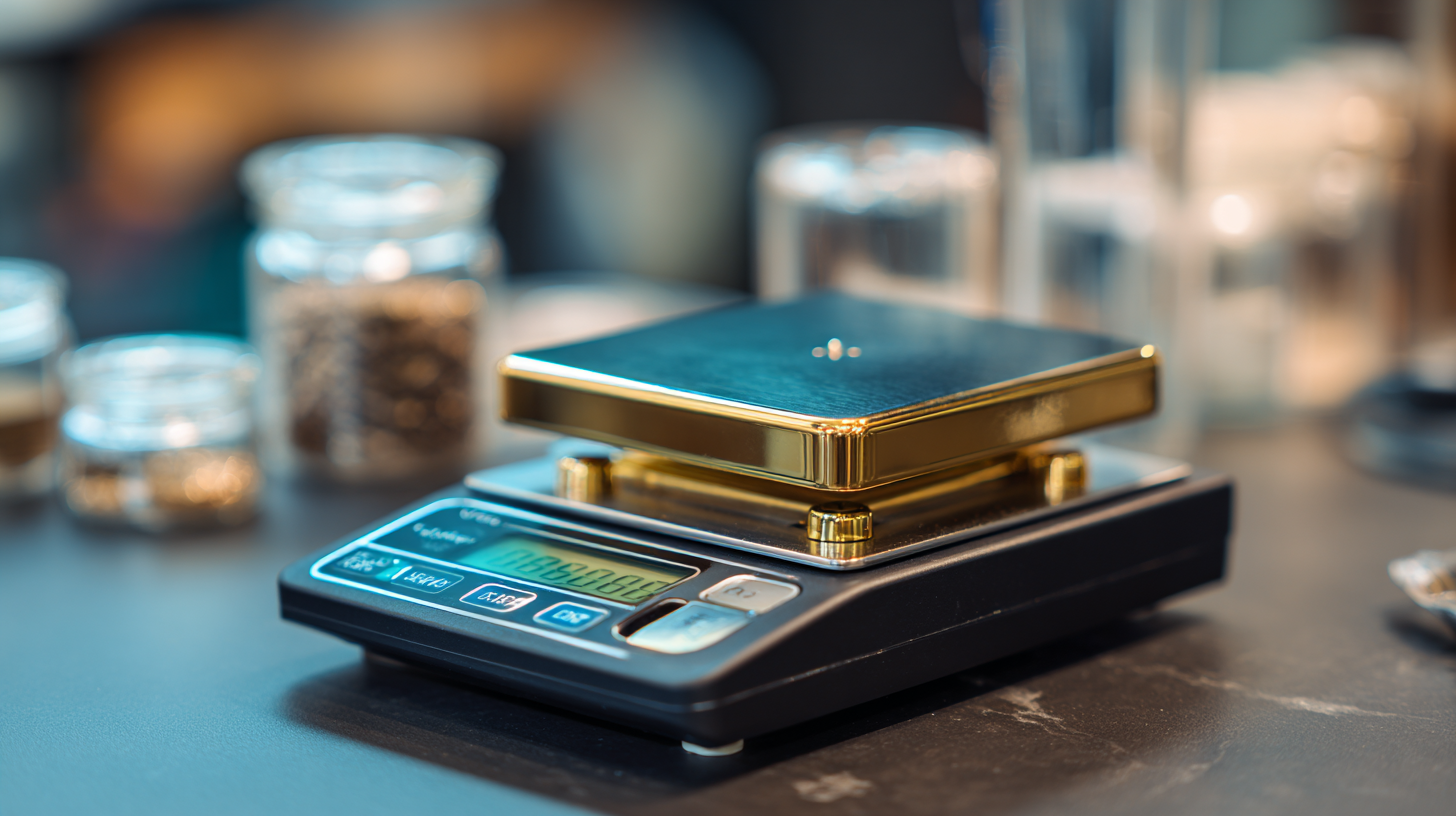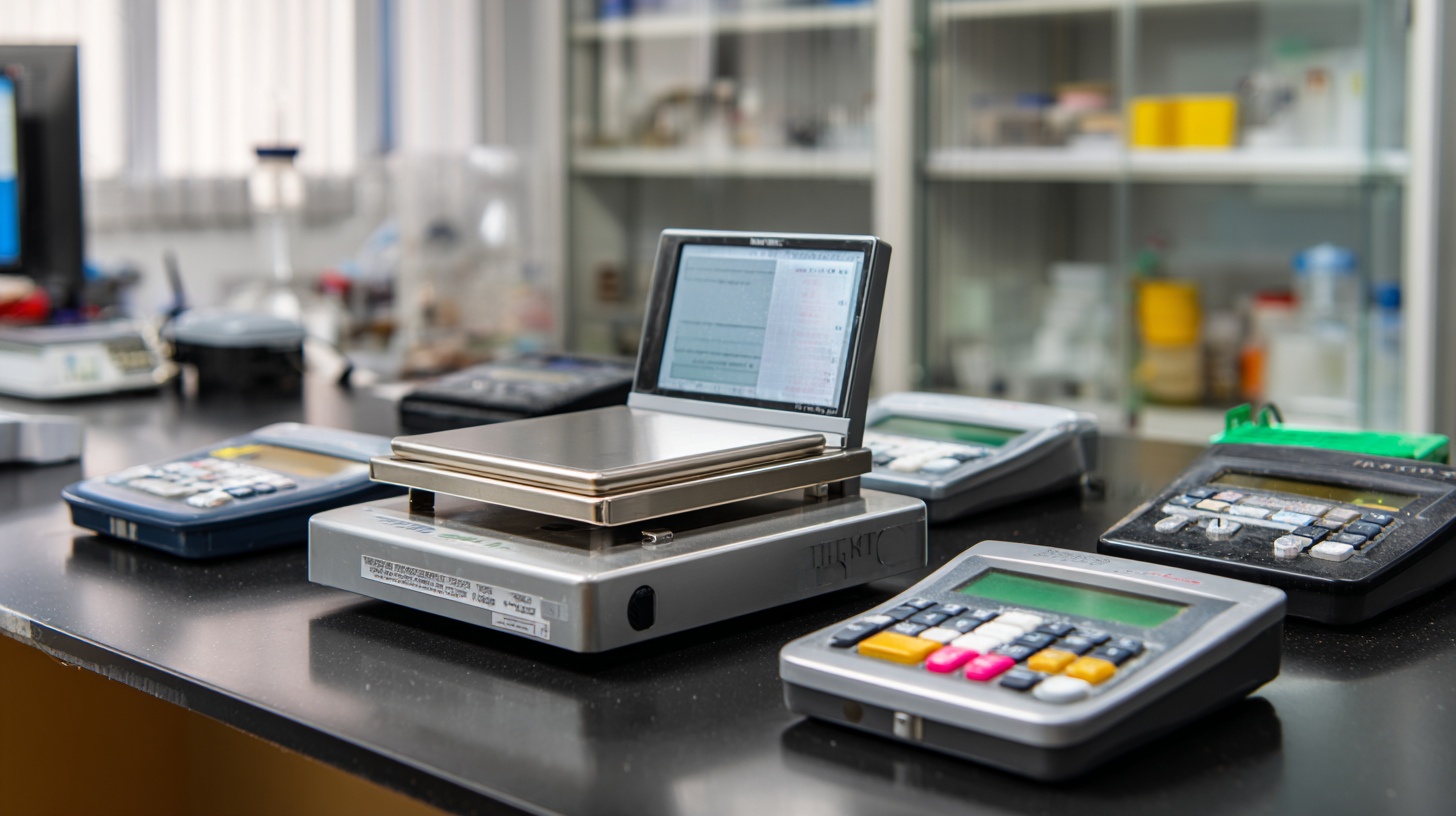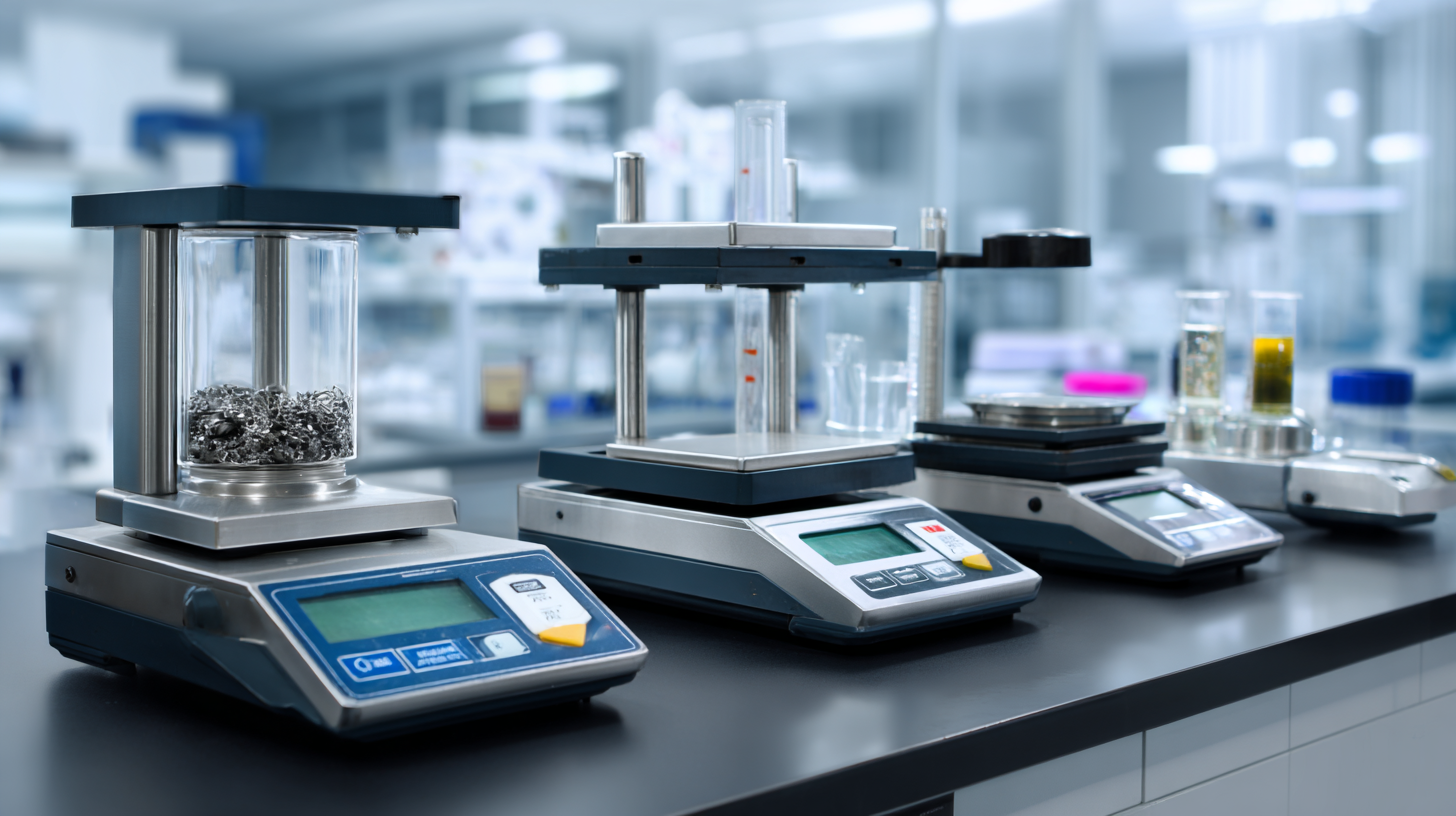When it comes to precision measurement in laboratories, the choice of an Electronic Balance is crucial for achieving accurate results. Whether you are a professional scientist, a hobbyist, or an educator, understanding the key features, types, and selection criteria of electronic balances can significantly enhance your analytical capabilities. This ultimate guide will delve into the various aspects of electronic balances, helping you navigate through the complexities of different models and technologies available on the market. From analytical to precision balances, we will explore the essential functionalities that define each type, as well as practical tips for choosing the right electronic balance tailored to your specific needs. By the end of this guide, you will be equipped with the knowledge to make an informed decision, ensuring that your measurements are reliable and consistent in any setting.

Electronic balances have revolutionized the way precision weighing is conducted across various industries, notably in laboratories, pharmaceuticals, and manufacturing. According to a report by Grand View Research, the global electronic balance market was valued at approximately USD 1.3 billion in 2020 and is projected to grow at a compound annual growth rate (CAGR) of 5.2% from 2021 to 2028. This surge highlights the critical role electronic balances play in ensuring accuracy and reliability in measurement.
One of the essential features of electronic balances is their ability to provide high-resolution measurements, often with readability down to 0.1 mg or even lower. This precision allows for the accurate formulation of compounds in chemical laboratories, where even the slightest deviation can lead to significant errors in research outcomes. Moreover, advancements in technology, such as the integration of calibration software and touch-screen interfaces, have made these devices user-friendly while maintaining stringent standards of accuracy. Industry reports suggest that balances equipped with automatic internal calibration systems can enhance operational efficiency by reducing downtime and minimizing human errors in weighing procedures.
When choosing an electronic balance, several key features can significantly impact your decision. First and foremost is the balance's capacity and readability. Depending on whether you need to measure small quantities for research or larger amounts for industrial applications, it’s important to select a model that meets your specific capacity requirements. Look for balances with high readability for precision measurements; models that offer decimal points for milligram accuracy are ideal for laboratory environments.
Another important factor to consider is the type of weighing technology used in the electronic balance. There are several types, including analytical balances, top-loading balances, and moisture analyzers, each serving different purposes. Analytical balances offer the highest precision and are suitable for lab scenarios where accuracy is critical, while top-loading balances are typically more versatile for general use. Additionally, features such as built-in calibration, security measures, and connectivity options can further enhance usability, making it easier to integrate the balance into your existing workflow.
When deciding on the right electronic balance for your needs, understanding the different types available can greatly influence your choice. Electronic balances come in various forms, including analytical balances, precision balances, and top-loading balances, each with unique features tailored to specific applications. Analytical balances offer high accuracy and are typically used in laboratories for precise measurements, while precision balances are great for general weighing tasks in colleges or workshops. Top-loading balances, on the other hand, are versatile options for larger weights and informal settings.
According to recent market reports, the global electronic balance market is projected to grow by 5.1% annually, driven by advancements in technology and increasing demand across sectors. When choosing an electronic balance, consider factors such as maximum capacity, readability, and calibration requirements. This ensures you select a model that fits not only your specific use case but also your budget constraints.
**Tips:** Always check the manufacturer's specifications for accuracy and stability to ensure that the balance meets the standards required for your work. Additionally, invest in a balance that includes features like anti-vibration tables or draft shields if you operate in an environment prone to movement or air currents. This often results in more reliable data and increases the lifespan of your equipment.
| Type | Capacity | Readability | Features | Best Use Case |
|---|---|---|---|---|
| Analytical Balance | < 200 g | 0.0001 g | Windshield, Calibrated | Laboratory experiments |
| Precision Balance | < 2000 g | 0.01 g | Tare Function, LCD Display | Weighing chemicals |
| Top Loading Balance | < 5000 g | 0.1 g | Durable, Large Platform | General purpose weighing |
| Portable Balance | < 1000 g | 0.01 g | Battery-operated, Compact | Fieldwork, Traveling |
| Micro Balance | < 1 g | 0.000001 g | High precision, Draft shield | Research applications |
 When selecting the right electronic balance for your laboratory or workspace, it’s essential to consider several key factors that can greatly impact your data accuracy and operational efficiency. According to a recent report by the International Society for Advancement of Material and Process Engineering (ISAMPE), over 30% of laboratory errors can be attributed to improper balance calibration. Thus, opting for a balance with built-in calibration features can significantly reduce these risks.
When selecting the right electronic balance for your laboratory or workspace, it’s essential to consider several key factors that can greatly impact your data accuracy and operational efficiency. According to a recent report by the International Society for Advancement of Material and Process Engineering (ISAMPE), over 30% of laboratory errors can be attributed to improper balance calibration. Thus, opting for a balance with built-in calibration features can significantly reduce these risks.
Tip 1: Assess the precision and capacity you need based on what materials you will weigh. For high-precision tasks, balances with readability up to 0.001 g or finer are recommended. Conversely, if your applications involve larger samples, consider balances with higher capacity but still maintain adequate precision for your needs.
Tip 2: Evaluate the display and connectivity options. Modern electronic balances often come equipped with intuitive interfaces and connectivity features that allow for easy data transfer to computers or other devices. A study by the American Chemical Society emphasized that 65% of users found that connectivity options improved their workflow efficiency by reducing data entry errors. Thus, choosing a model that fits seamlessly into your existing setup is crucial for maximizing productivity.
When using electronic balances for precise measurements, common mistakes can significantly impact accuracy. One prevalent error is not calibrating the balance before use. According to a report by the International Journal of Metrology, improper calibration can lead to measurement deviations of up to 5%, which could be critical in scientific research and industrial applications. Regular calibration, at least once a month or more frequently depending on usage, is essential to maintain the reliability of your measurements.

Another frequent issue involves environmental factors such as drafts, vibrations, and temperature fluctuations. These can introduce errors, as the National Institute of Standards and Technology emphasizes that even a small air current can affect the outcome, causing variances of up to 2 grams in high-precision balances. Users should always ensure their balances are placed in a controlled environment away from disturbances, and utilize draft shields whenever necessary to minimize external influences. Adhering to these practices can greatly enhance the accuracy of your electronic balance readings, ensuring that your results are both reliable and reproducible.
